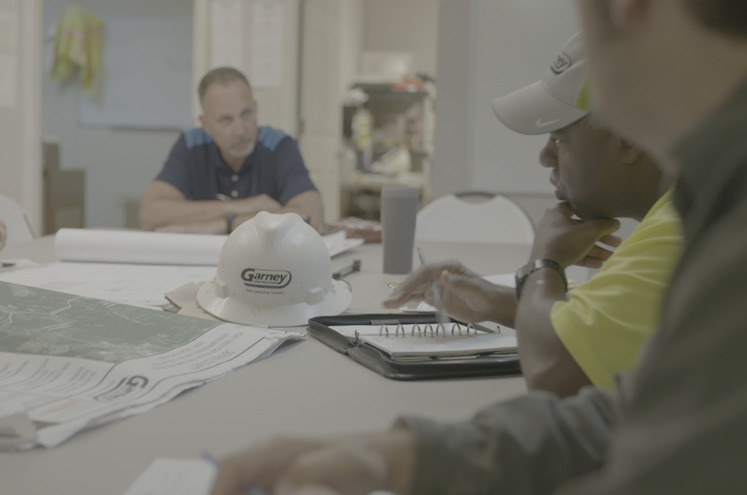Collaborative delivery projects almost always begin with the project team having the mindset that the project will be completed safely, within budget, and on time. Typically, the schedule is the most challenging to manage when a project has a firmly fixed time frame to complete, such as a consent decree. There is no better way than using a collaborative delivery method for achieving schedule success, but it requires intensive coordination and support from all parties involved.
Many factors play a role in impacting the outcome of a collaborative delivery project schedule, including weather, design time, submittal review time, required permitting, material and equipment lead times, subcontractor delays, differing site conditions, owner decision-making, funding, late design modifications, omissions within project documents, etc.
Proper preplanning is the key to a successful project. But how does a team properly preplan when dealing with factors that cannot be entirely controlled? An example is the permitting process approval time from a state Department of Environmental Protection (DEP), and/or US Army Corps of Engineers (USACE). The USACE permit approval can take several months to acquire, and with no contractual obligation to review documents within a certain time frame, this can significantly delay a project if not considered in the initial preplanning phase. The project team must start the process for all environmental permits as soon as possible and track and follow up on them on a timely basis. A team should never assume the reviewing entity received the submittal and is diligently working on it. The team should identify who the reviewer is, establish a direct line of communication, and continue to follow up weekly to make sure the permits are continuously progressing. Creating a log is a very useful tool for identifying all required permits and then continuing to follow up with the applicable agencies until approved. When the project allows, design and construct around these areas that require lengthy permit approval time so that other areas of the project can proceed without delaying the schedule’s critical path. This flexibility is a tremendous benefit that the collaborative delivery process touts over traditional delivery methods. This strategy can oftentimes be helpful on large-scale projects with independent construction zone areas, such as projects involving combined treatment plants, lift stations, and several miles of off-site pipeline work.
The River Oaks Diversion Project for Hillsborough County, Florida, was a design-build project that included multiple permits outside the normal building permits. The project required Florida DEP, Environmental Protection Commission of Hillsborough County, USACE, gopher tortoise, county right-of-way, and CSX Railroad permits. The lengthiest permit was one needed from USACE, which took several months to receive approval and finalize. What can a team do when this happens? Sometimes the flexibility afforded within the design-build process makes it possible to work in areas of the project that are unaffected by USACE permit restrictions. For instance, in the River Oaks Diversion Project, rerouting a few miles of critical pipeline into an already established and permitted corridor helped avoid delays and the need for additional wetland impacts.
During the course of a collaborative delivery project, it’s easy to get caught up in the many variable details that can get overlooked. A helpful tool to prevent overlooking tasks is to create an all-inclusive project start-up checklist. Make sure all applicable tasks are assigned to a specific responsible person with a completion deadline, and then periodically follow up for status updates.
Take time to properly preplan and staff the project from the onset, as it will help keep the project on track and run smoothly from start to finish. Once your project has been completed on time, any costs incurred to preplan and properly staff the project are considered well worth it. Give these tips a try during your next collaborative delivery project and reap the benefits.

